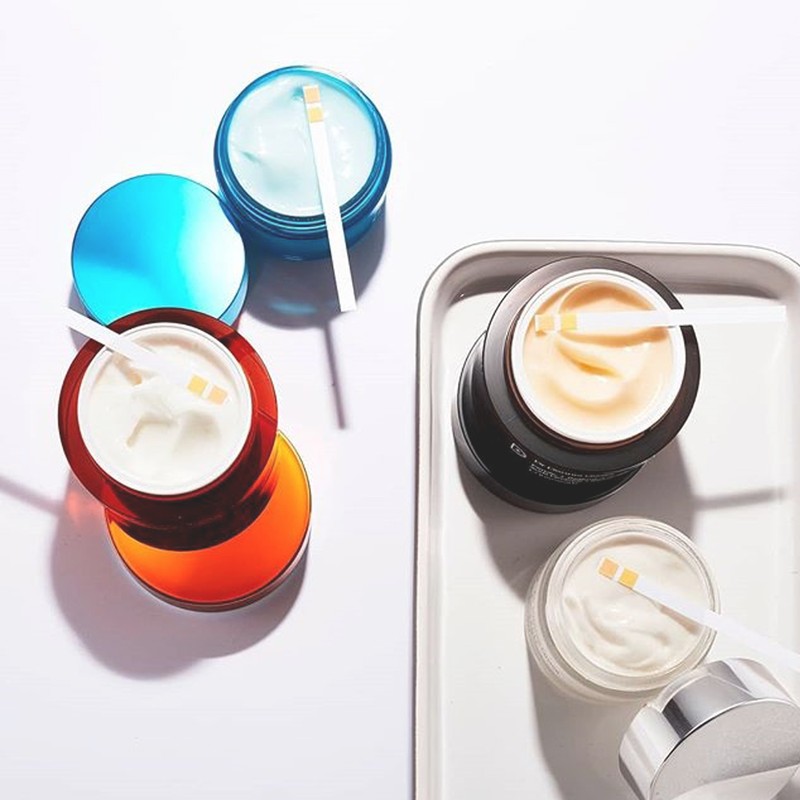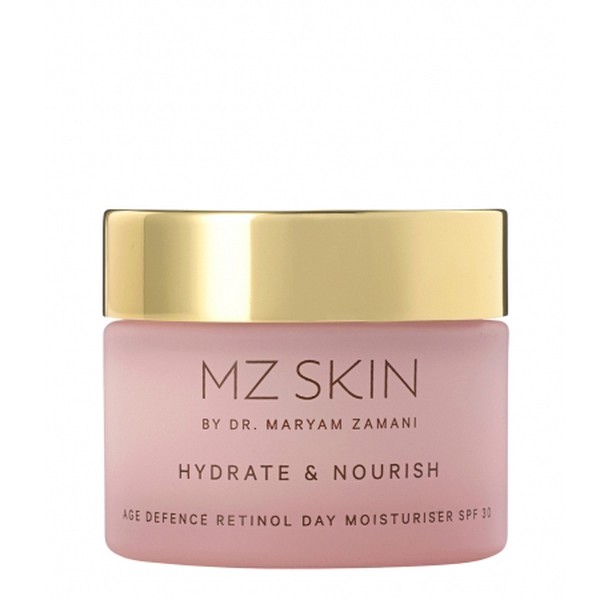7 Myths About Retinol, Debunked
1. MYTH: All Variations Of Retinol Do The Same Thing
TRUTH: Yes and no. Prescription formulas contain retinoic acid, the magic ingredient that fights visible ageing; non-prescription alternatives need to be converted into retinoic acid by the skin at a cellular level.
“In off-the-shelf formulas, the ingredient called retinol is the only derivative of vitamin A worth using,” explains skin expert Dana Sachs. “There’s a lot of literature showing that while retinol is more gentle than retinoic acid, biochemically it does exactly the same thing – it may just take longer to see results.”
But the same can’t be said for the derivatives called pro-retinols (aka retinyl palmitate, retinyl acetate and retinyl linoleate), which are the gentlest – but weaker, too. Of the formulas shown here, retin-A requires a prescription but there are others available over the counter – we love Skinceuticals Retinol 0.5 and Murad Retinol Youth Renewal Night Cream, which contains retinyl propionate, a less irritating form of vitamin A.
2. MYTH: Avoid Sun Exposure
FACT: Despite common misconception, it’s absolutely fine to wear a retinol during the day. It’s true that retinol breaks down in sunlight, which is why they tend to be bottled in opaque packaging and are still best worn at night to make sure they aren’t rendered inactive.
However, they don’t make the skin more prone to sunburn. Nonetheless, they also don’t protect against UV rays so always take proper sun-protective precautions, using an SPF daily.
3. MYTH: Retinol Exfoliates The Skin
TRUTH: It’s a popular misconception that retinol is an exfoliant – it isn’t. Retinol is an antioxidant, and an important skin-restoring ingredient. It enhances multiple aspects of skin on many levels, making it look healthier, smoother and more radiant. And while retinol can cause a flaking reaction for some people, this (often temporary) side effect shouldn’t be mistaken for exfoliation.
If you do experience flaking from using retinol, it could be that you’re using a formula that’s too potent for your skin; switching to a lower-strength product could solve the problem.
4. MYTH: You Need To Wait 4 Weeks For Retinol To Work
TRUTH: It turns out it could be double, or even triple, that amount of time before you see results, according to research. Retinol may be known as a miracle product, but it doesn’t work overnight.
As Associate Professor of Dermatology Dr Adam Friedman explains, “Given that retinol works by literally augmenting the biology of the skin, it takes time. Most studies use 12 weeks as a cut off to seeing any significant changes – as do I.”
5. MYTH: Retinol Is Solely For Anti-Ageing
TRUTH: It’s never too late or early to start using retinol. It can be used to treat acne at any point in your life (retinol is a derivative of vitamin A, which has been proven to help with acne by de-clogging pores and boosting cell turnover).
If it’s the anti-ageing benefits you’re after, aim to start incorporating them into your skincare regime by your late 20s. Your collagen levels start to decline by around 1% every year from your mid-20s and early signs of sun damage and ageing start to show on the skin around this time too.
6. MYTH: Retinol Shouldn’t Be Used Around The Eye Area
TRUTH: Another myth about retinoids is that they shouldn’t be used around the delicate eye area. However, as US-based dermatologist Jonathan Weiss explains, “Not only can you use a retinol around the eye, but you really should – that’s where most of the damage shows up. Studies have shown that people who apply retinoids right up to the eye get the best results. The skin around your eyes is no more likely to get red or flaky than anywhere else on the face.”
An eye-specific retinoid, such as VERSO’s Super Eye Serum with Retinol, £75, is packed with a cocktail of ingredients that will get to work on puffiness and dark circles, too.
7. MYTH: Retinol Should Be Used On Its Own
TRUTH: You may be surprised to discover research has shown that retinol combined with exfoliants such as AHAs and BHAs (aka exfoliating acids) helps supercharge results and improves the results you get from both ingredients on the skin.
Retinol does its work by stimulating cellular turnover from the deepest layers up – not in the uppermost layers. Those upper layers are where AHAs or BHAs step in to help skin shed unhealthy, built-up cells.
Skin experts say your safest bet is to alternate between the two – use an acid-based product one night and a retinol the next – or use a product that contains both.
Want in? Shop our edit of the best retinol-based products on the beauty shelves...
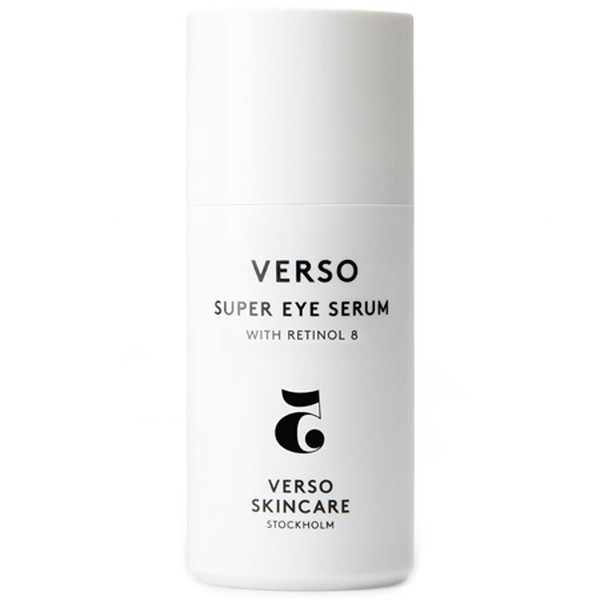
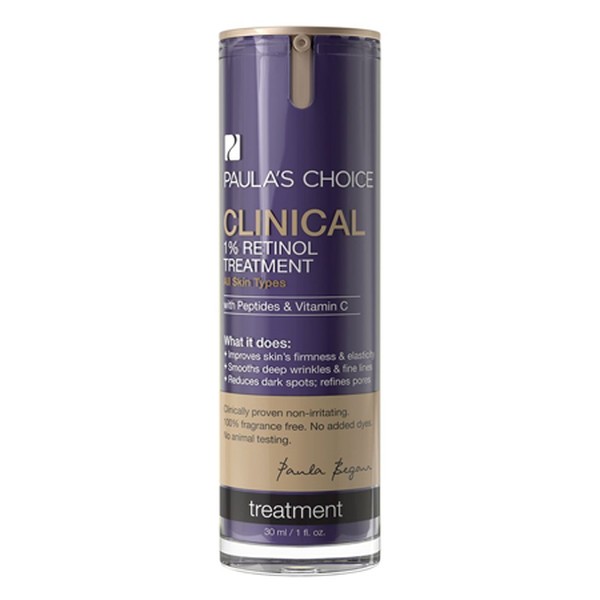
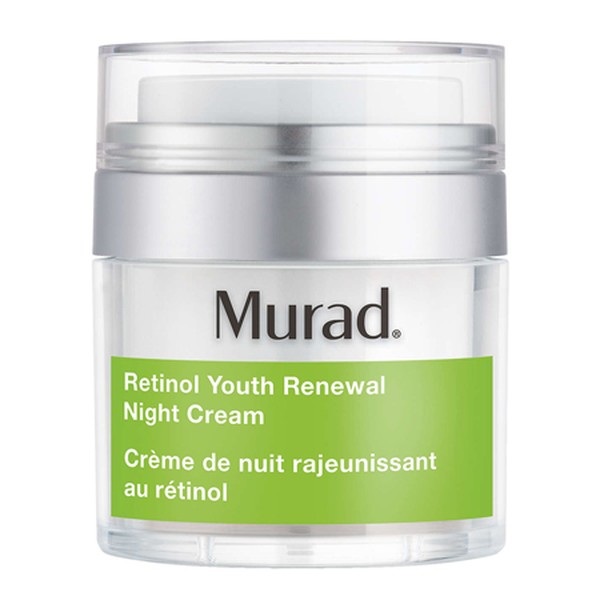
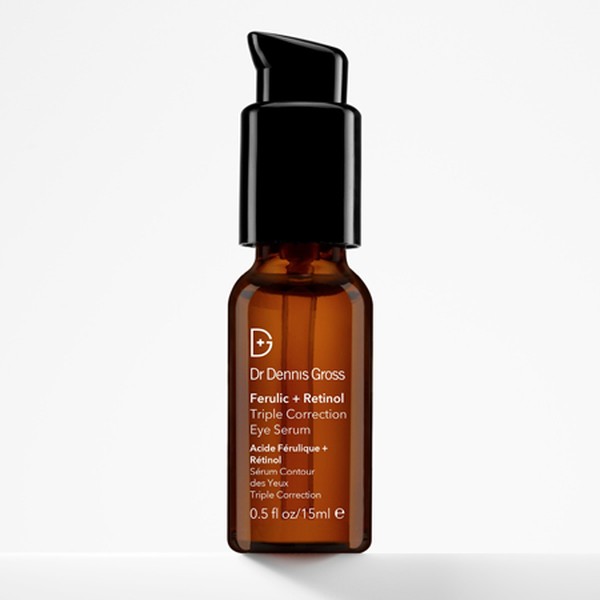
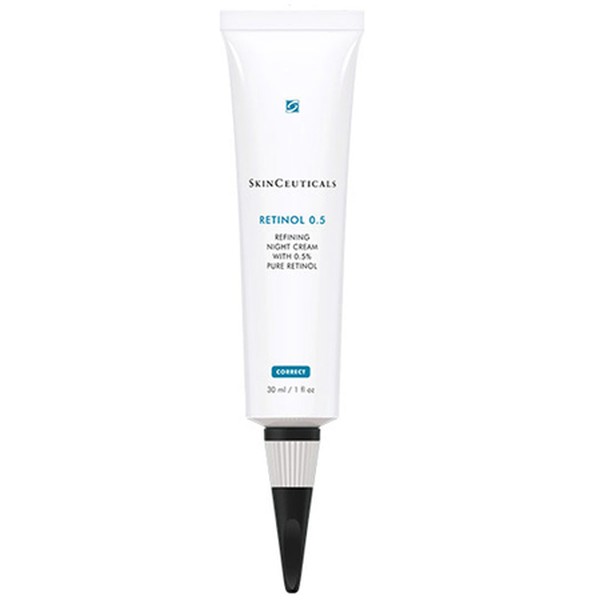
DISCLAIMER: We endeavour to always credit the correct original source of every image we use. If you think a credit may be incorrect, please contact us at info@sheerluxe.com.
